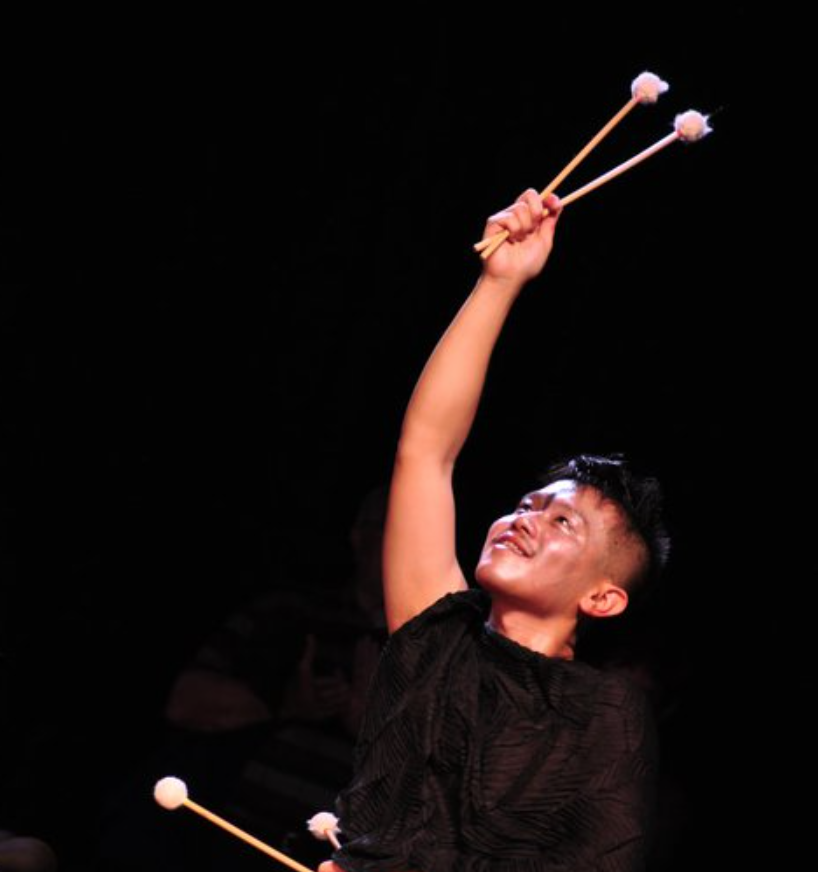This thesis concerns three aspects of applied Tai Chi movements, educational performing technique and artistic inspiration in marimba playing: investigation of musician’s movements and defining characteristics of marimba playing, development of online instructions with applied Tai Chi approach in marimba playing and evaluation of this approach in marimba education, and application of Tai Chi in musical compositions and discovering the connections between marimba and Tai Chi.
The study examined randomized trials studying the influence of Tai Chi movements on marimba playing and measured two controlled groups, the Tai Chi intervention and the control group, by using three-dimensional motion capture techniques and real-time audio recording. The results showed the Tai Chi intervention group increased their range of motion in the upper limbs and obtained a more stabilized, consistent motion of the trunk with positive influences in sound production.
Based on the results, the study developed online educational documentation which was evaluated by professional experts. The study demonstrated the marimba performing technique can incorporate breathing control, center gravity, applied motions from Tai Chi in both upper and lower trunk, and the pedagogues demonstrated their positive interest in the approach of applied Tai Chi in marimba playing.
The artistic study incorporated this specific approach not only in educational performing techniques and marimba playing, but also in musical compositions and performing arts. The results demonstrated the application of Yin and Yang, working with the universe (Tai Chi philosophy), and fluent circular motions (Tai Chi movements) in two musical compositions for marimba. Further investigation in the physical analysis, the educational method book for performing technique will follow up this study.





